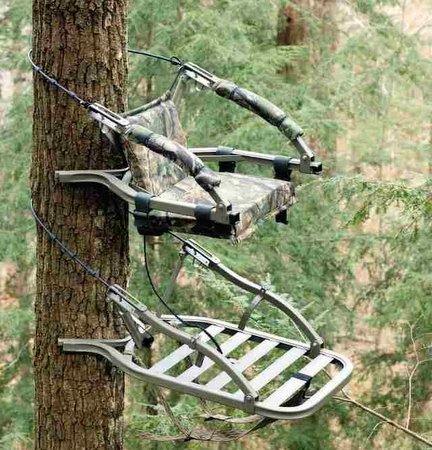Even with thousands of hunters in the field during the opening week of the pheasant season, the State
Game and Fish Department received only a few reports from hunters who found dead deer in southwestern North Dakota.
Game and Fish personnel have been monitoring the deer population in the southwest since late August, when the first reports of dead deer, attributed to epizootic hemorrhagic disease, came in from Bowman, Grant and Burleigh counties.
Isolated deer deaths continued into mid-September, prompting the department to suspend the sale of slightly more than 1,000 antlerless deer licenses that were still available in units 3F1, 3F2 and 4F in the southwestern part of the state.
Dr. Dan Grove, Game and Fish wildlife veterinarian, said information received from pheasant hunters is helpful in evaluating the magnitude of an EHD situation.
“The area of the state where EHD traditionally occurs is covered with hunters,” Grove said. “With only a minimal number of dead deer sightings, combined with recent overnight low temperatures below freezing, it appears the worst of the EHD outbreak may be behind us.”
EHD is a naturally occurring virus that is spread by a biting midge. It is almost always fatal to infected white-tailed deer, and is most noticeable in western North Dakota when high whitetail populations combine with a hot and humid late summer and early fall. Most deer that die from this are infected before the first hard frost, which kills the biting midges that spread the disease. Mule deer do not usually die from the disease.
EHD causes dehydration and a high body temperature, causing deer to seek water prior to death. Other clinical and behavior symptoms may include respiratory distress; swelling of head, neck, and tongue; lesions on tongue and roof of mouth; indifference to humans; and in later stages, hemorrhaging from body orifices.
The transmission cycle of the viruses involved in EHD is complex and involves both domestic and wild animal reservoirs. Although it is rare for cattle to develop the clinical disease from the viruses that kill deer, during a wide scale outbreak such as in 2011, or a localized outbreak like this fall, it is not uncommon for cattle in affected areas to develop clinical disease. Grove said North Dakota is not alone this year, as EHD has been detected in wildlife in Wyoming, Montana, South Dakota and Michigan, and in both domestic and wild ruminants in Wisconsin and Iowa.
EHD is not a danger to humans. Hunters do not have to worry about handling or consuming meat from infected deer. However, hunters should not shoot or consume a deer if it appears sick.
More information on EHD is available by visiting the Game and Fish website at gf.nd.gov, and in the department’s North Dakota OUTDOORS October magazine.



























